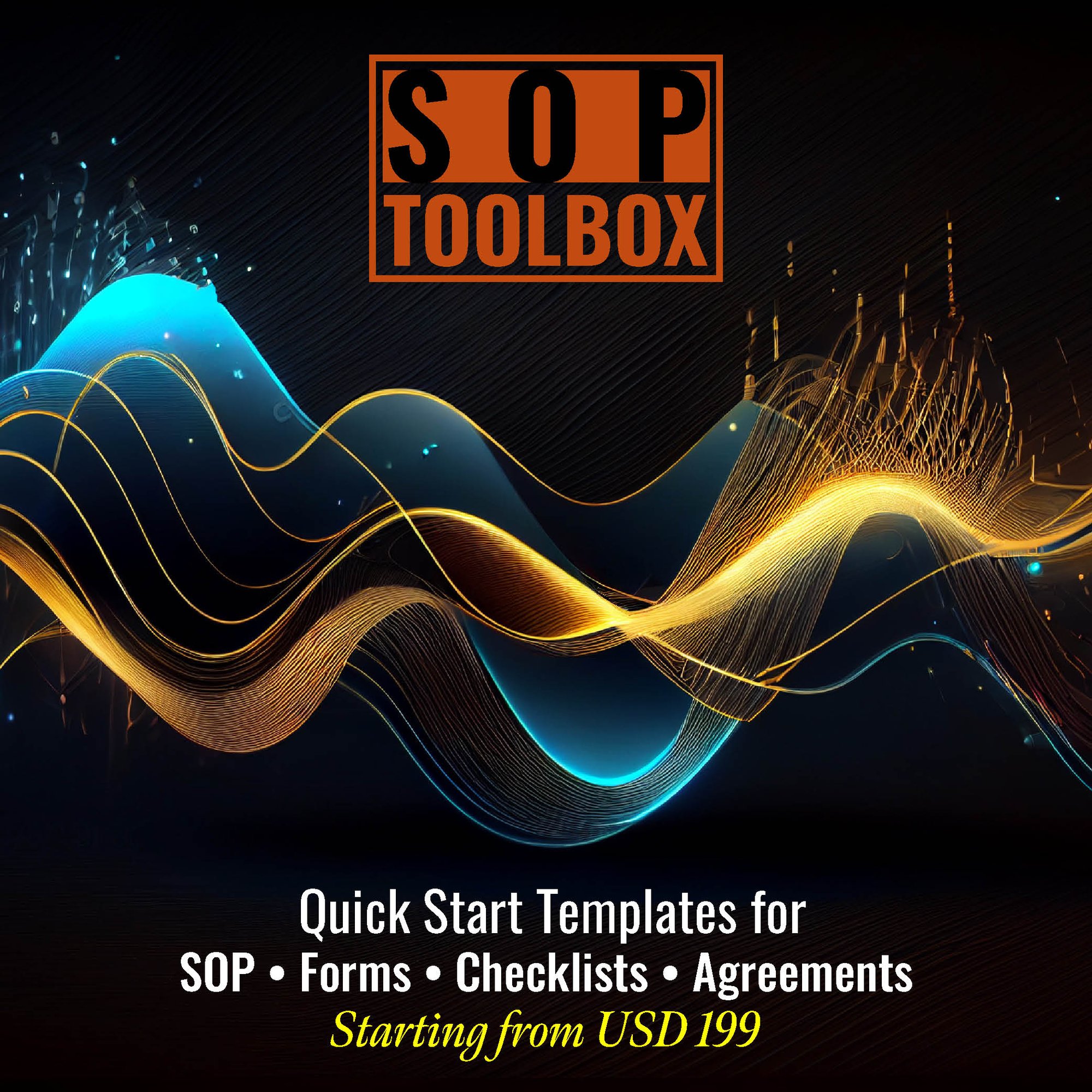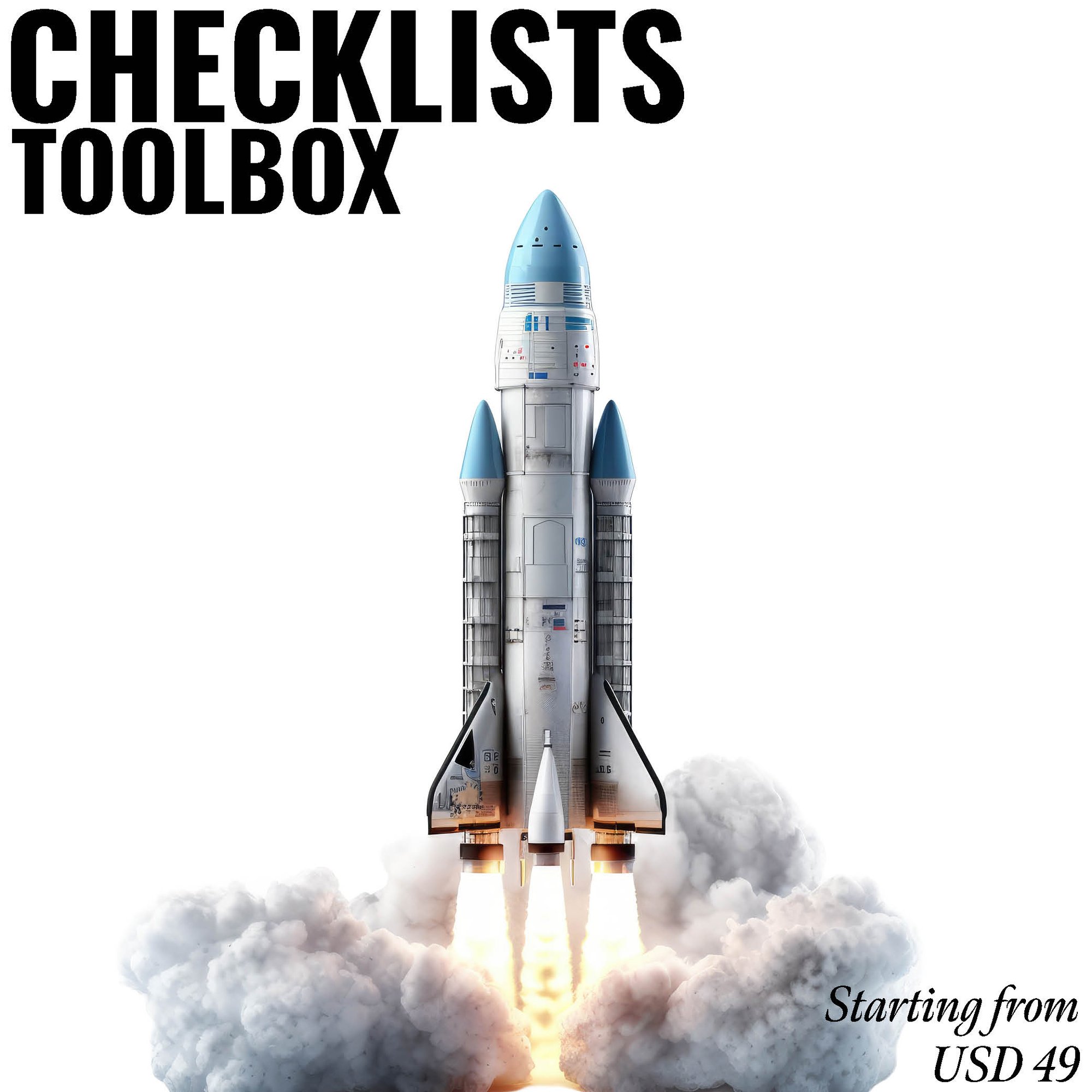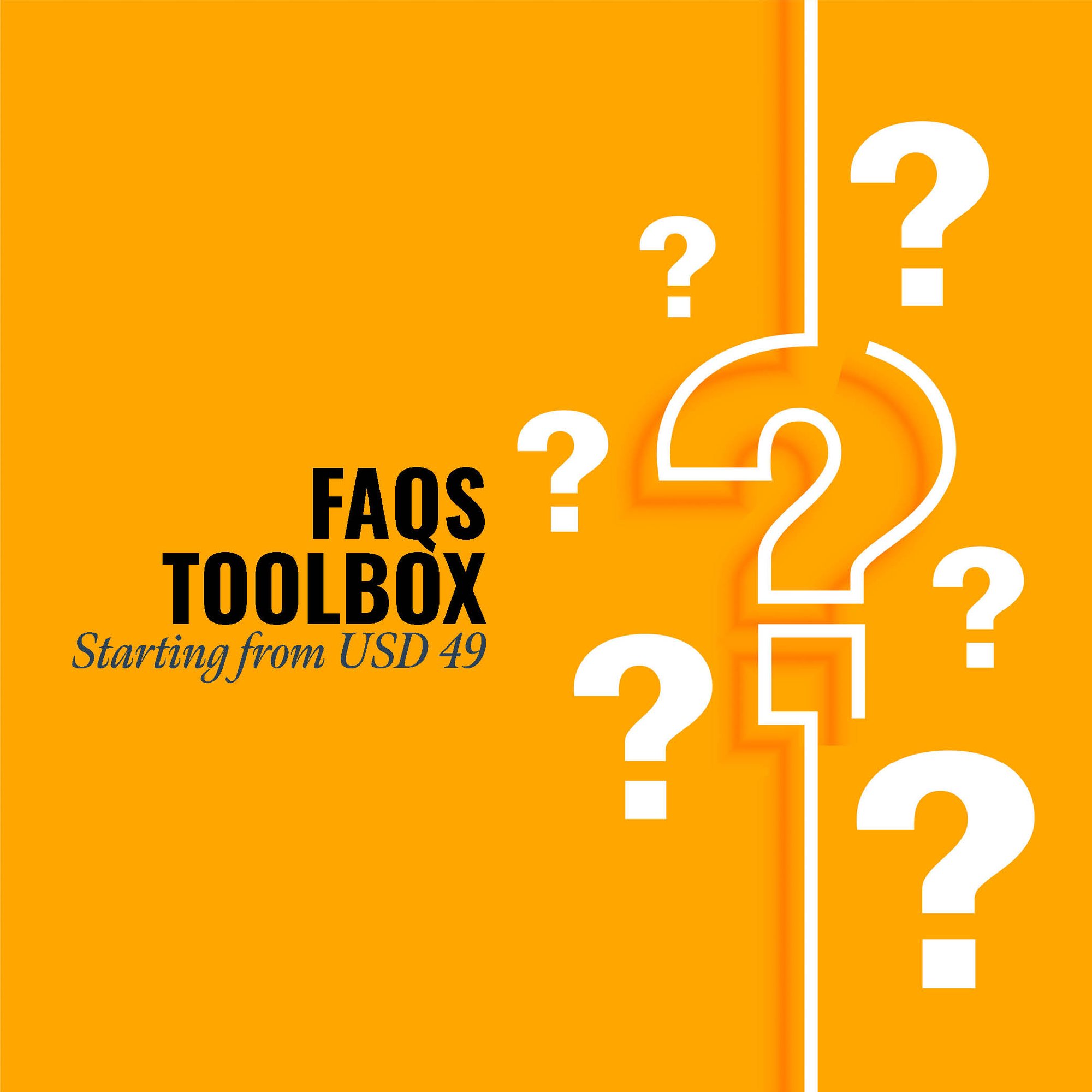Third-party risk assessment guidelines help organizations evaluate, monitor, and mitigate risks associated with vendors, suppliers, and business partners. These guidelines ensure compliance with regulatory requirements, safeguard sensitive data, and protect against financial, operational, and reputational risks. A structured third-party risk management process involves identifying potential vulnerabilities, assessing security measures, and implementing controls to mitigate risks. Effective risk assessment ensures that third-party entities align with the organization’s security policies, ethical standards, and business objectives. By following well-defined guidelines, businesses can prevent disruptions, enhance supply chain resilience, and maintain operational integrity while engaging with external partners.
Fhyzics Business Consultants’ Third-Party Risk Assessment Templates provide a structured framework for evaluating external vendors and business partners. These templates help organizations conduct thorough risk assessments, ensuring compliance with industry regulations and minimizing potential threats.
The templates cover key risk factors such as data security, financial stability, operational reliability, regulatory compliance, and reputational impact. They provide predefined checklists, evaluation criteria, and scoring systems to help businesses assess third-party risks systematically. With a structured approach, organizations can identify vulnerabilities early, set risk mitigation measures, and make informed decisions when selecting or maintaining vendor relationships.
By using these templates, businesses save time and effort in developing risk assessment procedures from scratch. They facilitate consistency in vendor evaluation and ensure that third-party relationships align with corporate policies and strategic goals. Additionally, these templates assist in ongoing monitoring of third-party entities, enabling businesses to detect emerging risks and take proactive measures.
Implementing Fhyzics’ third-party risk assessment templates enhances business resilience, strengthens security, and builds trust with stakeholders. These templates empower organizations to minimize disruptions, optimize vendor partnerships, and maintain compliance, ensuring sustainable and secure business operations.
Top 10 benefits of Third-Party Risk Assessment Guidelines
1. Enhances Data Security – Prevents breaches and protects sensitive information.2. Ensures Regulatory Compliance – Aligns with legal and industry standards.
3. Reduces Financial Risks – Identifies financially unstable vendors.
4. Improves Vendor Reliability – Ensures consistent and secure partnerships.
5. Prevents Operational Disruptions – Minimizes supply chain risks.
6. Protects Business Reputation – Prevents association with unethical vendors.
7. Facilitates Risk-Based Decision-Making – Helps prioritize secure vendors.
8. Streamlines Risk Evaluation – Provides standardized assessment procedures.
9. Enhances Business Continuity – Mitigates risks that could disrupt operations.
10. Boosts Stakeholder Confidence – Builds trust with customers and investors.
This Article is Uploaded by: Gokul K
Keywords: Third-party risk assessment, vendor risk management, supplier risk evaluation, risk assessment templates, vendor compliance guidelines, third-party security assessment, risk mitigation strategies, vendor due diligence, regulatory compliance risk, supply chain security, cybersecurity risk assessment, operational risk analysis, financial stability assessment, business partner risk evaluation, vendor onboarding risk checks, contract risk management, ethical sourcing evaluation, data protection in vendor relationships, fraud risk detection, risk monitoring frameworks, third-party audits, risk scoring models, vendor performance tracking, risk assessment best practices, governance and compliance risk, reputational risk assessment, financial fraud prevention, risk-based decision-making, enterprise risk management, vendor risk reporting, third-party contract compliance, procurement risk management, supply chain resilience, vendor assessment criteria, ongoing risk monitoring, cloud vendor security assessment, legal risk analysis, IT security risk evaluation, corporate risk governance, risk-based procurement strategy, third-party security breaches, regulatory compliance audits, vendor cybersecurity measures, risk scoring methodologies, data breach prevention, third-party governance frameworks, supplier integrity checks, managing external business risks, critical vendor risk assessment, ISO compliance for vendors, fraud detection systems, vendor ethics and compliance, evaluating high-risk vendors, supply chain due diligence, vendor security certifications, business risk analysis tools, industry compliance requirements, third-party regulatory standards, evaluating vendor contracts, risk management automation, risk control frameworks, cloud security risk assessments, vendor transparency measures, financial risk management in partnerships, vendor operational risk audits, ethical business partnerships, legal liability in third-party contracts, business resilience planning, supplier screening processes, vendor performance evaluation templates, security risk classification, third-party engagement risk, supplier reliability assessment, third-party verification protocols, business continuity strategies, vendor SLA compliance, assessing subcontractor risks, vendor risk reduction techniques, managing IT vendor risks, GDPR compliance for vendors, third-party compliance frameworks, supplier accountability programs, vendor lifecycle risk assessment, procurement fraud prevention, vendor control assessments, cloud computing risk management, third-party software security checks, vendor screening methodologies, audit procedures for third parties, best practices in risk assessment, external risk monitoring tools, anti-corruption compliance for vendors, and vendor oversight mechanisms.















